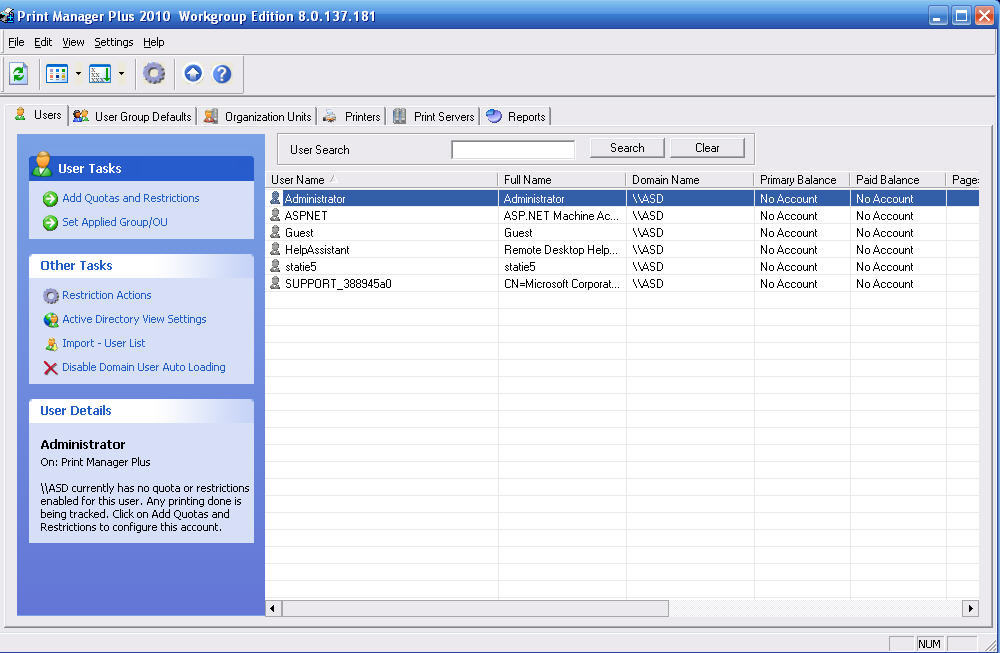
- Free download manager plugin 1.5.7.6 how to#
- Free download manager plugin 1.5.7.6 update#
- Free download manager plugin 1.5.7.6 trial#
The number of MNT visits was determined after the initial visit by the dietitian and the participant as per usual care.ĭata and outcome measurements were collected during research visits at baseline, 6, and 12 months by assessor-blinded research assistants. Initial MNT sessions were 45–60 min and follow-up sessions were 15–45 min. As part of the informed consent, all participants were informed that MNT sessions would be billed per usual health insurance coverage. MNT participants were referred to a dietitian at their health center or preferred location and were counseled regarding MNT’s proven effectiveness for weight loss and improved diabetes control.
Free download manager plugin 1.5.7.6 update#
If hypo- or hyperglycemia criteria were met on dietitian review, the study provider reviewed glucose diaries to adjust diabetes medications and update the electronic health record and primary care provider (PCP) as needed for safety per Look AHEAD protocol. Participants were asked to keep diaries of self-monitored glucose levels, food intake, physical activity minutes, and doses of diabetes medications for dietitian review at each session. Meal replacement use was not formally tracked. Sample meal replacements (shakes, bars, and prepackaged entrees) were introduced in week 3, and participants were encouraged to purchase and use them to replace 1 to 2 meals per day.

Treatment fidelity was ensured via use of process and content guidelines and direct observation and supervision. Content was a curated hybrid of key publicly available English and Spanish DPP and Look AHEAD session materials (Appendix Table 1) minimally modified for delivery in groups of 4–12 participants with decreasing intensity over 2 years. The major adaptations from Look AHEAD were (1) to deliver the content in groups, with very limited individual sessions and (2) one arm delivered entirely by telephone conference call. This report includes the first year, which provided a maximum of 25 (14 weekly, then 5 bi-weekly, then 6 monthly) 60–90-min group sessions and up to 3 optional individual sessions. In-person LI took place at clinics during the workday or on weekday evenings. 8 The adapted program was a 37-session LI with identical content in in-person LI and telephone LI arms.

The LI was delivered by registered dietitians. Similar to the Look AHEAD trial, eligible participants were adults with type 2 diabetes, BMI > 25 kg/m 2 (> 23 kg/m 2 if Asian ancestry) but ≤ 159 kg (350 lbs.), HbA1c 6.5 to 3% in the previous month, previous or planned bariatric surgery, long-term use of medications likely to impact weight (e.g., corticosteroids, atypical antipsychotics), or medical or psychiatric conditions that would interfere with participation in the intervention. Recruitment was expanded to the entire MGH-affiliated primary care network and three endocrinology practices located near the community health centers.
Free download manager plugin 1.5.7.6 trial#
The trial was conducted primarily at three community health centers and one diabetes specialty practice affiliated with Massachusetts General Hospital (MGH). Additionally, we evaluated 1-year diabetes-specific cost-effectiveness from a health system perspective.

We hypothesized that the in-person LI and telephone LI arms would have greater percent weight loss than MNT at 6 months with more sustained weight loss at 12 months.

In REAL HEALTH-Diabetes, two group LI modalities, delivered in-person or by telephone conference call, were compared with referral to a registered dietitian for individual medical nutrition therapy (MNT), the current recommended standard of care. The goal of the REAL HEALTH-Diabetes trial was to adapt the evidence-based LI used in the Look AHEAD trial and the Diabetes Prevention Program (DPP), which demonstrated weight losses of 5–10% and numerous other health benefits, 5– 7 into community health center primary care practices with high diabetes and obesity prevalence to determine its effectiveness and cost-effectiveness in usual care settings. 4 The challenge of translation research is to ensure that evidence-based interventions are practical and effective when implemented in clinical practice.
Free download manager plugin 1.5.7.6 how to#
A recent editorial observed that “A critical priority…is how to promote the implementation and dissemination of evidence-based obesity interventions”. 1, 2 The US Preventive Services Task Force Grade B recommendation states that lifestyle interventions should be widely available, 3 yet they are not routinely offered in usual care. Intensive, multicomponent behavioral interventions for type 2 diabetes and obesity, also known as lifestyle interventions (LI), improve myriad patient health outcomes.


 0 kommentar(er)
0 kommentar(er)
